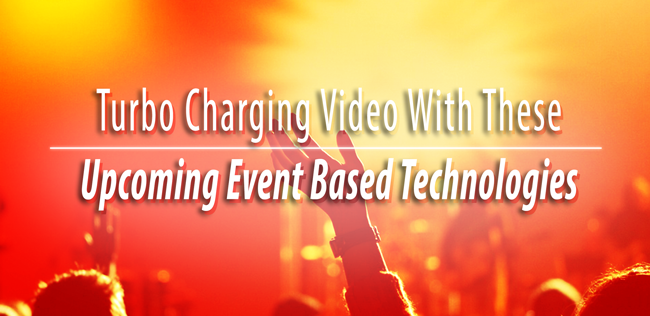Here’s a great read from Corbin Ball on http://www.corbinball.com
#1 Second-screen technology and other mobile participant engagements tools will flourish.
Second-screen technology refers to the use of a mobile device to provide an enhanced viewing experience for other content usually with interactive features. This is seen most often on television, but increasingly so at events. Presenter content, such as slides, polling, video, notes, social media links, can be pushed to any device in real-time during a presentation.
This technology uses participants’ mobile devices to help them to focus on the presentations rather than distracting them away for other things. Some of the companies providing these services are Lintelus, Freeman’s FXP | Touch, Evenium ConnexMe, and to some degree, MeetingPulse, and Microsoft’s Bing Pulse. More information, including video links can be found here.
Other mobile engagement tools such as the Makelight app serve simply to drive attendee excitement:
https://www.youtube.com/watch?v=LfGWIebLZks
#2 Images and videos will dominate social channels at events.
Events provide a great source of images and videos. The tools listed below will be used to increase attendee engagement and significantly broaden the social footprint of events.
Savvy users of Twitter know that a tweet with an image is nearly twice as likely to be retweeted. Similar statistics apply to other social channels. A picture or video can be worth a thousand words. Consequently, a variety of emerging social apps using photos, videos and video streaming are working their way into events.
Instagram has doubled in use in the past three years with over 300 million users. As this social channel is inherently mobile, it is a natural to use at events. Twitter walls commonly include Instagram feeds as well as Twitter images.
Snapchat has built a brand out of disappearing photos and videos (4 billion daily video views alone). It now offers ‘Live Stories’ a curated stream of user submitted Snaps and videos from various locations and events. Users who have their location services on at the same event location will be given the option to contribute Snaps to the Live Story. The end result is a story told from a community perspective with lots of different points view. The feature doesn’t identify who created which snaps, only showing that they were all captured at the same event.
Check out an example: EDC (Electric Daisy Carnival):
https://www.youtube.com/watch?v=pZeDPfHiBC8
Tradeshow/event photo booths are great for increasing attendee engagement, for capturing contact information and to broaden the impact of social media for events. They commonly post images (including the event hashtag) to Twitter, Instagram and/or Facebook. ChirpE, as an example, posts to Facebook and Twitter.
Videos are also seeing increasing usage at meetings. Facebook introduced auto-playing video in December 2013 and saw the number of video posts jump 75% the next year. This ubiquitous and highly mobile channel is a natural for use at events.
The Vine app allow users to post six-second videos and then share them to Twitter which is also seeing use at meetings.
Streaming video apps, allowing real-time video postings, are coming to events. Meerkat made its debut at the annual technology/music SXSW
As images and video get more views and events provide a great source for them, we will see event marketers and participants increasingly use the social photo/video tools.
The above is an excerpt from an article by Corbin Ball on http://www.corbinball.com.
